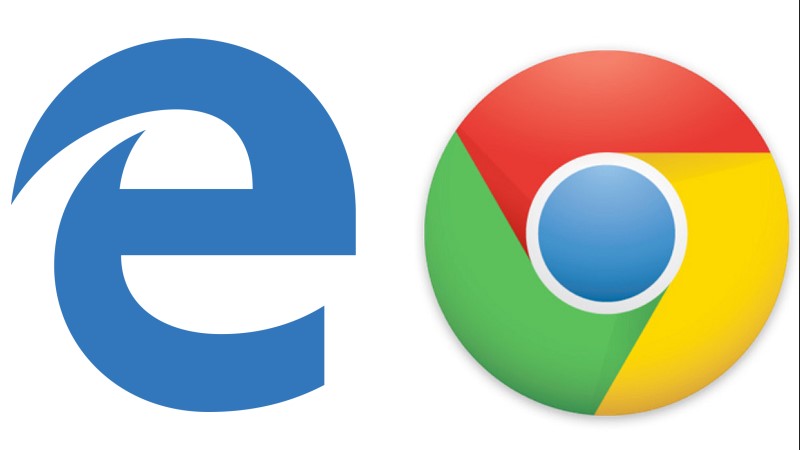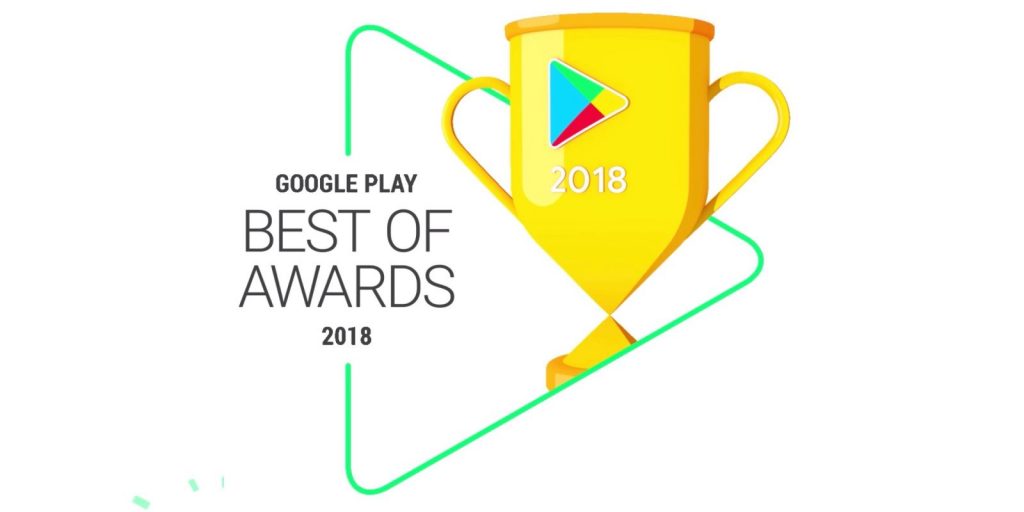Barry Lam : Founder & Chairman of World’s Largest Maker of Laptop Computers
Success is with those, who work hard towards their goals. The time, the personal computers were just introduced, the Taiwan based visionary entrepreneur, Berry Lam, saw the future scope of the notebook Pcs. He worked hard and used his more than 15 years of experience, in the manufacturing industry, to convert his vision into a successfully running business, and now, he is leading the number one laptop manufacturing company of Taiwan.
Early Life
Barry Lam was born in 1949 in Shanghai, China. His father worked as an accountant for the Hong Kong Club, so he spent his childhood in Hong Kong. He went to Taiwan, to pursue a degree in electrical engineering from National Taiwan University. He also received the master’s degree in the same field, from the same university.

Career
Soon after Lam completed his master’s degree, along with his former classmates, in 1973, he founded a manufacturing business of the handheld calculators, naming the company Kinpo Electronics. Lam was appointed as the president of the company, and in his leadership, the company emerged as one of the largest contract manufacturers of calculators.
Founding Quanta Computer
In the early 80s, with the increasing popularity of personal computers, Lam founded scope in notebook computer manufacturing and became interested in the same field. In 1988, he left Kinpo to found Quanta Computer, along with one of his colleagues, C. C. Leung, with a capital of less than US$900,000.
In the beginning, it had two production lines that were handled by 60 employees at its office in Shilin Street, Hong Kong. Lam, the visionary entrepreneur wanted to become more than just a supplier. With Quanta, he offered combinations of features for its every product, which the client could choose from. Through Quanta he produced functional and powerful, yet lightweight products.
With the success of the company, Lam established its headquarter in Taiwan and also established the Quanta Research and Development Center there. The Center is focused on creating next-generation innovative products and works in collaboration with institutions such as MIT, National Taiwan University and Academia Sinica.
In 2001, Quanta Computer was recognised as the largest notebook manufacturer worldwide and had a 50% increase in the production. In 2002, the company established its plant in China. Under the One Child One Laptop project, in 2007, Quanta took orders for one million laptops and became the original design manufacturer for the OLPC XO-1.
In 2008, Quanta was named as Taiwan’s second largest private manufacturing enterprise, with an annual turnover of NT$777 billion reported in 2007. In the same year, the share of Quanta in the worldwide market was estimated to be 31%. The major clients of Quanta Computer include Apple Inc., Dell, HP, Amazon, Cisco, Lenovo, LG, BlackBerry, Sony, Sun Microsystems, Toshiba, and Verizon Wireless, etc.
Currently, there are 70,000 employees working for Quanta Computer worldwide, and it has expanded its businesses into network systems, mobile communication, automotive electronics, etc.
Personal Life
Currently, Barry Lam is serving as the chairman of the company. He was named the Entrepreneur of the Year 2005 by Ernst and Young. In 2006, he was awarded the Second Class Bright Star Medal’ by the Taiwan Government. He was listed as the 296th richest person in the world and 5th richest in Taiwan with a net worth of US$4.2 billion, in 2012. In the same year, he received an Honorary Doctorate, from the National Tsing Hua University.

Yashica is a Software Engineer turned Content Writer, who loves to write on social causes and expertise in writing technical stuff. She loves to watch movies and explore new places. She believes that you need to live once before you die. So experimenting with her life and career choices, she is trying to live her life to the fullest.




